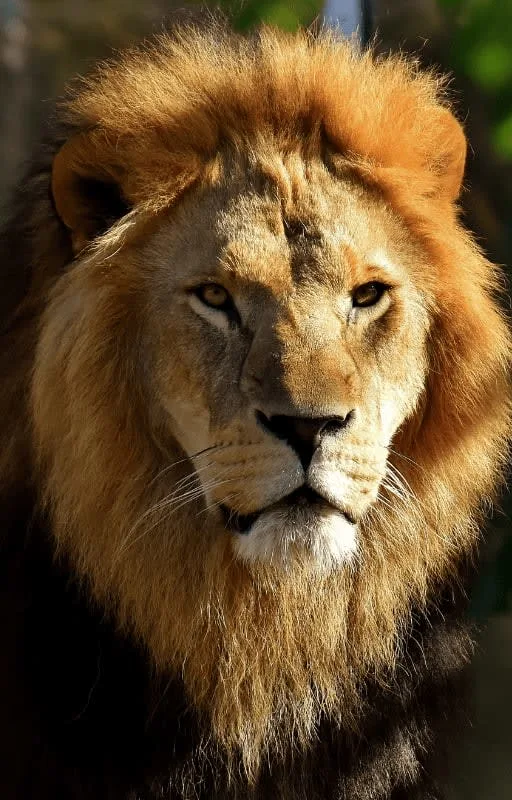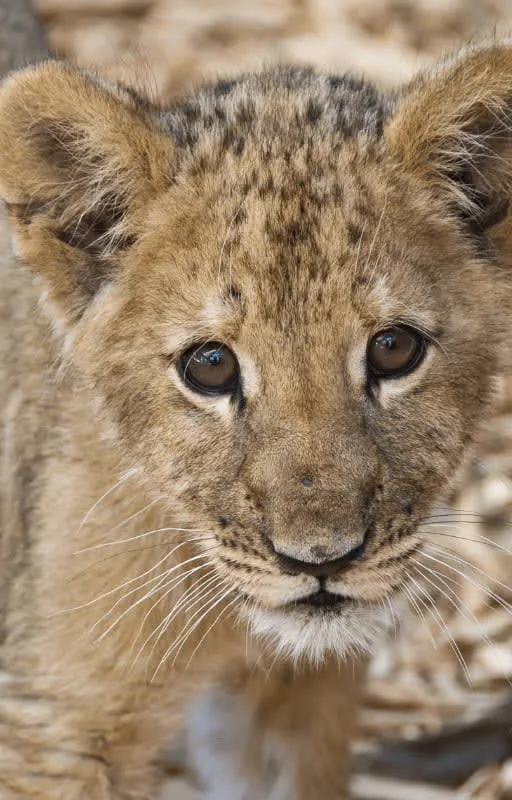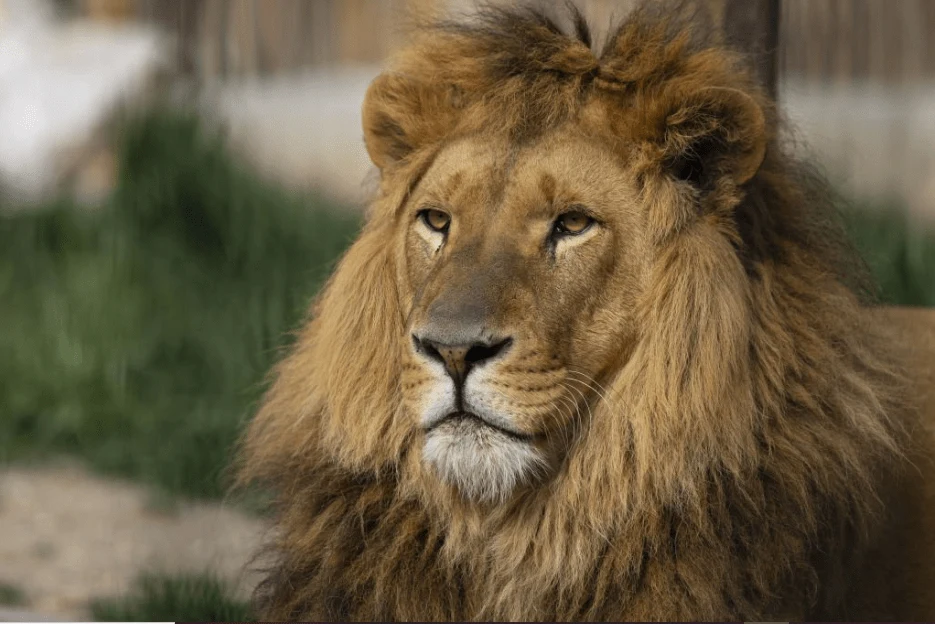THE LION
The Lion is a large feline. vertebrate, and carnivore mammal. Its scientific name is Panthera Leo.
The biological classification of the lion is:
Kingdom: Animalia
Phylum: Chordata
Class: Mammalia
Order: Carnivora
Family: Felidae
Genus: Panthera
Species: P. Leo
Some sub-species of existing lions are the South African lion, atlas lion, Asian lion, and
cape lion.
Lion Characteristics
1. Habitat and way of life
Most of the lions that live in the wild today are found in the savannas of Africa and other
semi-desert regions. It has already been extinguished from many forest areas in Asia
and Europe. They live in groups of up to 40 individuals, primarily female, led by the
alpha male.
The activities in the group are divided among its members. While females are
responsible for hunting and caring for the young, males ensure the protection of the
group.
Most of the lions' time is dedicated to rest, with hunting and group activities only for 5
hours a day. The rest of the time is for sleeping, relaxing, and saving energy.
Also, their activities usually take place at dusk. Lions have excellent night vision,
ensuring that hunting can take place at night.
The communication between the lions is made through roars, and they serve to alert and
demarcate the occupied territory. The roar can be heard up to 9 km away!
2. Physical aspects
The male has a characteristic and imposing mane, in addition to being quite hairy. The
female is more petite, much less hairy, and does not have a mane. The coat color of lions
varies from yellow to brown.


Lion
Lions and lionesses differ in their sizes and weights, as shown in the table below:
Size Male Female
Length 2.6 to 3.3 m from 2.4 to 2.7 m
Height 60 to 90 cm 60 to 90 cm
Weight 150-250 kg 120-185 kg
3. Food
Lions are carnivorous animals, and their most common prey are zebra, buffalo, wild
boar, antelopes, and deer. They are excellent predators and occupy the top of their food
chains.
Females usually go hunting due to their greater agility. However, hunting is not always
guaranteed. Thus, lions can go up to three days without feeding.
How does reproduction take place?
Lions reach sexual maturity up to 4 years of age. Reproduction can take place
throughout the year. Females' heat lasts from 2 to 8 days and occurs at any time of year.
Mating can happen up to 50 times in a single day. Females are only not available for
breeding during gestation and lactation.
Gestation lasts from 100 to 119 days and results from 2 to 4 offspring. The female looks
for a safe birthplace and where she can continue her hunting activities.
Cubs are born weighing about 2 kg, and their eyes only open ten days after birth. When
they are three months old, they start to accompany the mother and the females during
hunting. Other females can also breastfeed them in the group.
An interesting feature is the possibility of crossing between a lion and a tigress, resulting
in a hybrid animal, the liger. On the other hand, the crossing of the tiger with the lioness
gives rise to a tiger.
Ligers are rare animals that are born only in captivity. In 2013, the Ligre Hercules was
considered the largest cat in the world. It was huge, measured 3.33 meters long, 1.25
meters tall, and weighed 418.2 kilos.
Curiosities about Lions
• Lions can eat up to 30 kg of meat in one of their meals throughout the day.
• Lionesses can run up to 80 km/h when traveling short distances. Males are
slower, reaching 58 km/h.
• The lion is the second-largest feline in the world, behind the tiger.
• Lions can live up to 20 years.
• The white lion (Panthera Leo Kruger) is leucistic, a condition different from
albinism. In this case, the white color is determined by a recessive inhibitor gene.
Furthermore, they are not more sensitive to the sun.

Like this project
Posted May 19, 2022
The Lion is a large feline. vertebrate, and carnivore mammal. Its scientific name is Panthera Leo.
Likes
0
Views
34







